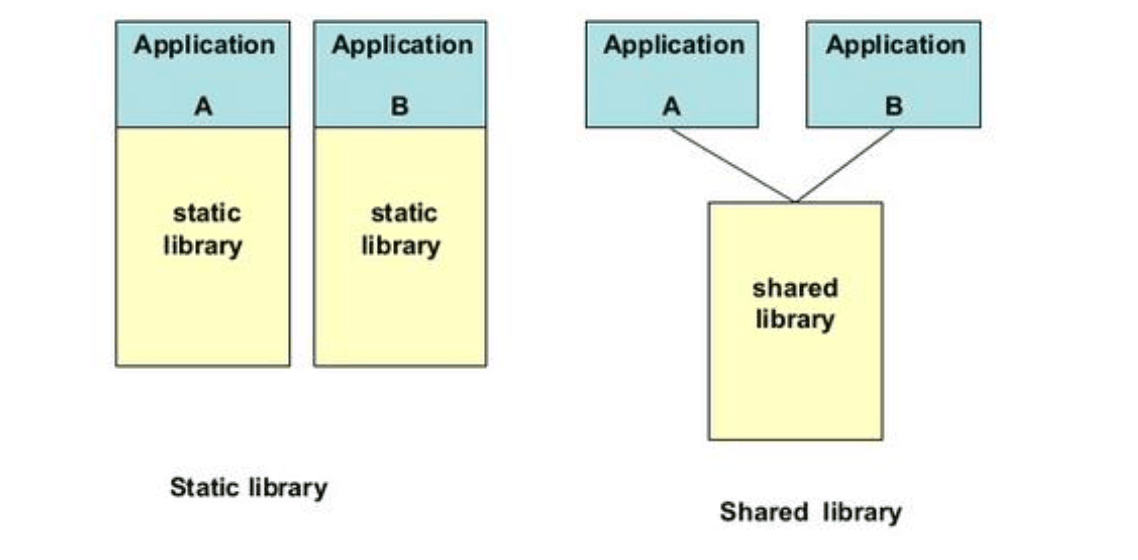Dynamic vs. Static Libraries: Understanding the Building Blocks of Software Development
In the world of software development, the concept of "not reinventing the wheel" is fundamental. Developers often rely on pre-existing code in the form of libraries to streamline their work and enhance functionality. Two primary types of libraries play crucial roles in this process: dynamic libraries and static libraries. This blog post will explore these concepts, their differences, and their implications for software development.
What are Libraries in Software Development?
Libraries are collections of pre-written code that provide services to software programs. They contain reusable functionality that can be incorporated into multiple programs, saving developers time and effort. Libraries are essential in the practice of API-oriented programming, where developers leverage existing code interfaces to build more complex applications.
Dynamic Libraries: Flexible and Efficient
Dynamic libraries, also known as shared libraries, are a type of library that is loaded into a program at runtime rather than at compile time.
Key Characteristics of Dynamic Libraries:
- Linking at Runtime: The library is linked to the program when it's executed, not when it's compiled.
- Shared Resources: Multiple programs can use the same dynamic library simultaneously, saving system resources.
- Smaller Executable Size: Programs using dynamic libraries are generally smaller because they don't include the library code directly.
- Version Flexibility: Libraries can be updated independently of the programs that use them.
How Dynamic Libraries Work:
Think of a dynamic library as a phonebook. When a program needs to use a function from the library, it looks up the function's location in this "phonebook" and then calls it. This process happens at runtime, allowing for more flexibility but requiring the correct library version to be present on the system.
File Extensions for Dynamic Libraries:
.soon Android systems.dylibor.frameworkon iOS.dllon Windows
Static Libraries: Self-Contained and Reliable
Static libraries, in contrast, are incorporated directly into the program at compile time.
Key Characteristics of Static Libraries:
- Linking at Compile Time: The library is embedded into the program when it's compiled.
- Self-Contained Executables: Programs include all necessary library code, ensuring compatibility.
- Larger Executable Size: Because library code is included, the resulting program is typically larger.
- Version Consistency: The program always uses the version of the library it was compiled with.
How Static Libraries Work:
A static library is like a recipe book that's photocopied and included in every cookbook that uses its recipes. Each program has its own copy of the library code, which is loaded into memory when the program runs.
File Extensions for Static Libraries:
.aon Android and iOS.frameworkcan also be static on iOS.libon Windows
Comparing Dynamic and Static Libraries
To better understand the differences, let's look at a visual representation:

As shown in the image:
- Static libraries are included in each application, leading to duplication.
- Dynamic (shared) libraries are shared between applications, reducing duplication and saving space.
Pros and Cons
Dynamic Libraries
Pros:
- Smaller executable size
- Efficient use of system resources
- Easy to update without recompiling applications
Cons:
- Dependency on correct library versions being present on the system
- Potential for "DLL Hell" if versions are incompatible
Static Libraries
Pros:
- Self-contained executables
- No dependency issues at runtime
- Consistent performance across systems
Cons:
- Larger executable size
- Multiple copies of the same library for different applications
- Requires recompilation to update library code
Choosing Between Dynamic and Static Libraries
The choice between dynamic and static libraries depends on various factors:
- System Resources: If memory is a concern, dynamic libraries might be preferable.
- Distribution: If you want to ensure your application runs without dependencies, static libraries are safer.
- Update Frequency: For frequently updated libraries, dynamic linking allows for easier updates.
- Performance: Static libraries can offer slightly better performance due to compile-time optimizations.
Conclusion
Understanding the differences between dynamic and static libraries is crucial for developers to make informed decisions about their software architecture. While dynamic libraries offer flexibility and resource efficiency, static libraries provide reliability and self-containment. The choice between them often comes down to the specific needs of the project, the target environment, and the development team's preferences.
As software development continues to evolve, the effective use of libraries – whether dynamic or static – remains a cornerstone of efficient and robust programming. By leveraging these powerful tools, developers can focus on creating innovative solutions while standing on the shoulders of existing code giants.